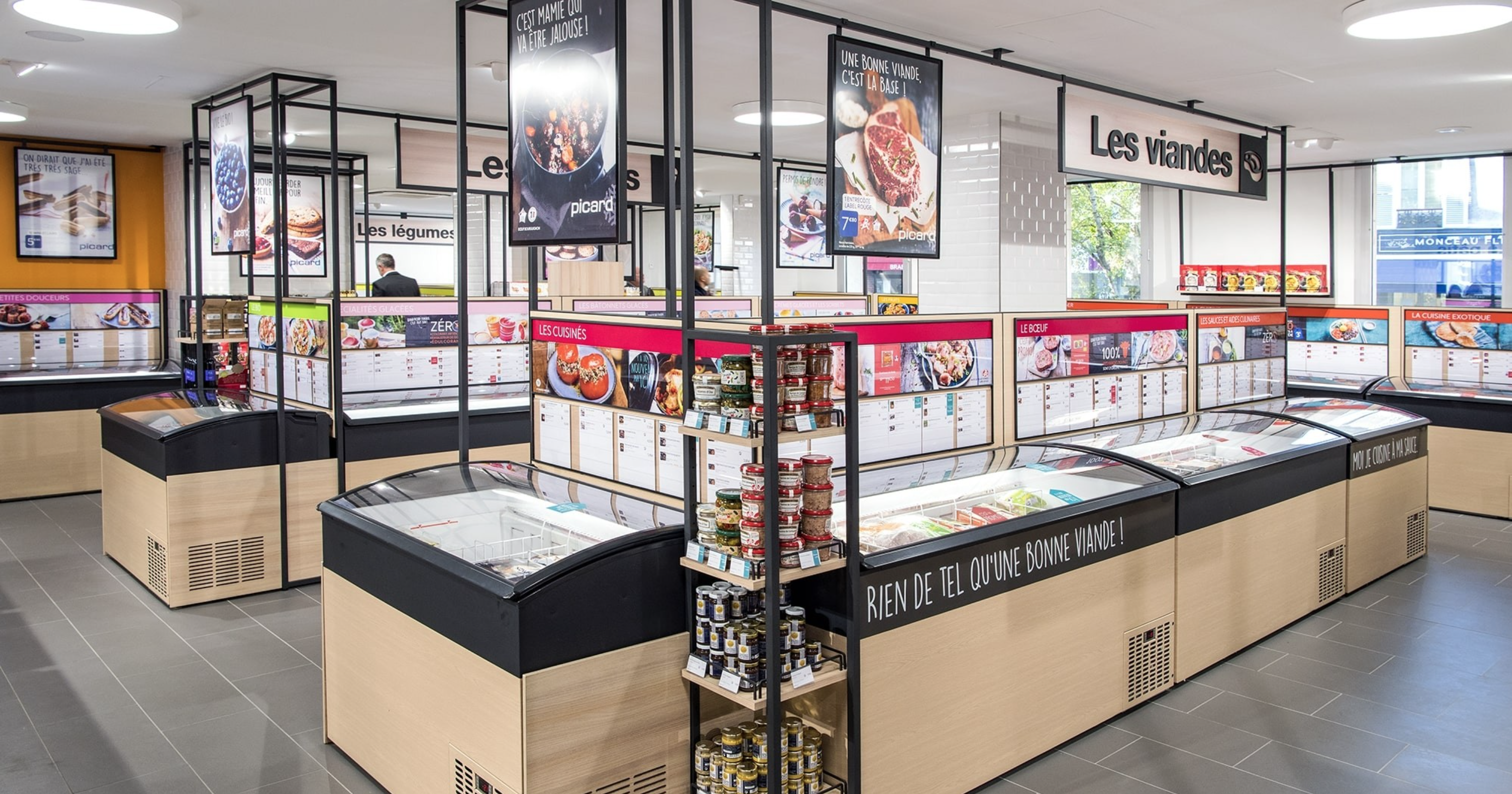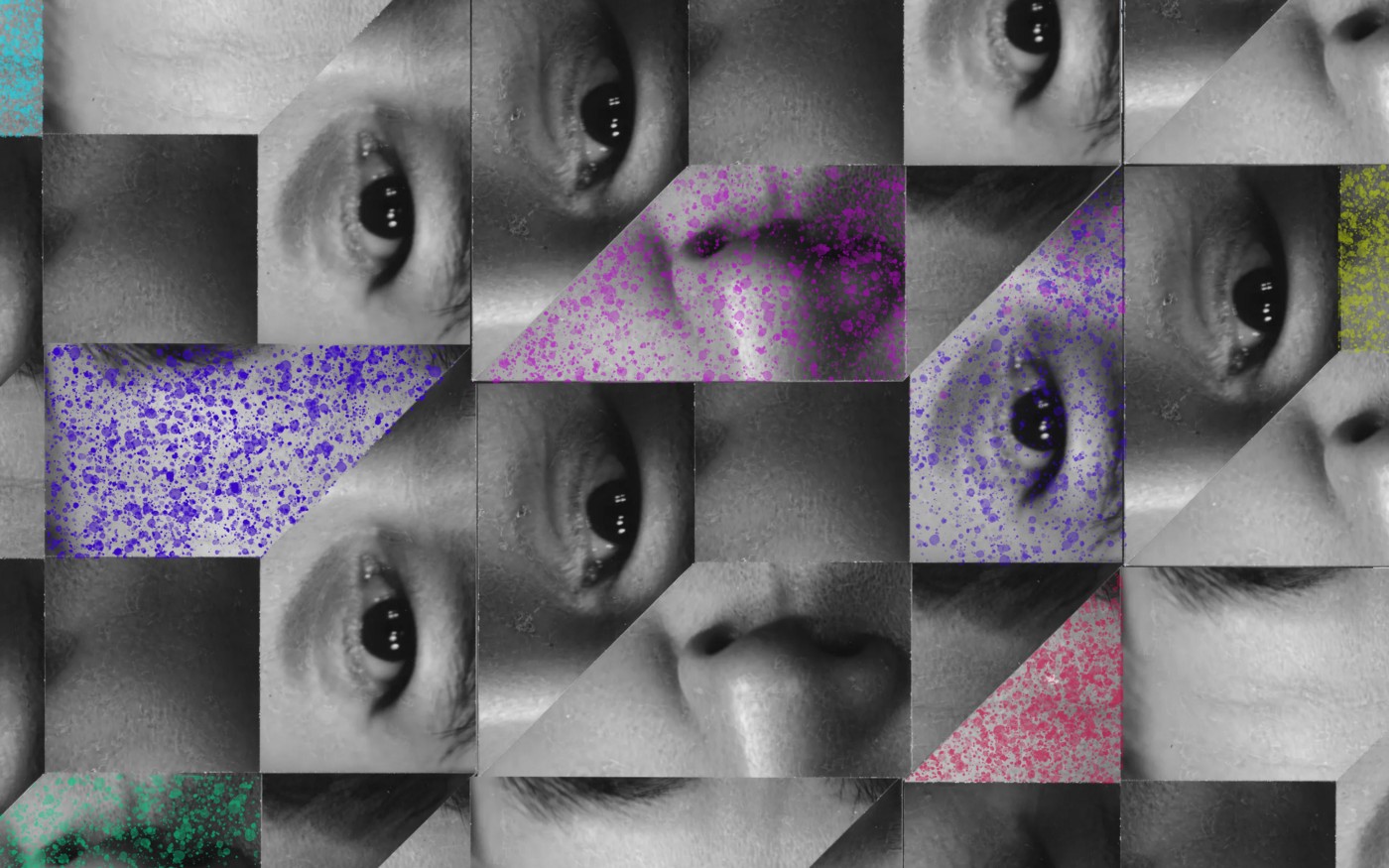

News de l'agence Niji
The psychology behind the creation of experiences
The breakdown of what lies in a successful design
By Camille Oudinot, UX senior, Niji
We are designers. We create products and services that serve as mediums for people to perform tasks while trying to make the experience enjoyable. We repeat this phrase over and over whenever someone asks about what we do, but do we actually know what this means? Are we really conscious of the inner workings of the psychology of the receiver and how the construction of the journey affects it and the experience? And what do we understand by "experience"?
The usual separation made by philosophers and psychologists is experience vs. nature, where nature takes an objective connotation and experiences a subjective one. Experience is mostly depicted as a physical thing, modeled by the subjectivity of the user in a private collection of mental states set over against the outer physical world. But there is another way to see how experience is constructed that goes a step further and goes as far as user reaction, and not only ends with a "mental response/state" of the user. Philosopher John Dewey understood experience as something that flows in an objective environment and is modified not only by human thought but by the human response. This is a more modern take since users absorb the information we give them and through designed cues, they act.
Experience is in a way, an act of recognition. The user will “experience fully” when the expected human response matches the system: When the sense, the substance, and the content touch a memory that is anchored in the self through memory. If a human response does not match the system, that is what describes a bad experience.
The difference between experience and emotion
Experience can only be attained when, by means of an image, an object, we enrich the world of ideas as to make an intention arise from the user, the intention to do something, and we take that impulse of doing to completion. But this act of completion needs to be conscious.
Emotion, as John Dewey puts it, " is the motor of experience and acts as an element of cohesion. It selects what is in accordance and colors it of a tone that correlates to it, giving qualitative unity to apparently disparate objects. It is only then that experience acquires an aesthetic character".
Lack of emotion will transpire in a product that is correct, and excess of emotion will prevent the user from absorbing or understanding the different phases of your product, remember https://www.lingscars.com/ ? It is hard to understand or define phases.
Experience's connection with past, present, and future :
Traditionalist thought would link experience with the past and present, whereas in design what we are trying to accomplish is a state where the user can anticipate where he is going, so our connection with experience is more active. The user is not some passive spectator who simply nurtures himself from the outside and registers past perceptions, he is an experimenter. The experimenter will nurture himself from the app/object he is interacting with, where the character of what he undergoes is affected by his activity and the character of his activity is affected by what he experiences. Apps that are successful will take into account how the user is used to do a certain task and by the means of which specific interaction he will accomplish it. If we propose a new path to complete a task and a new interaction that is so far away from the already existing construction that the user has in his mind, we will not allow the user to understand what he is doing by comparing the present experience to past-known experiences (past-present) and anticipate where he is going (future).
When we create an experience, we are making the user accept the conclusion set up by us designers. We have to make it feel like this conclusion is inherent to the dynamic of the subject we are treating, or better to say the path we have set up, and most importantly because the object we created condenses values and patterns of thought that belong to a larger crowd. We not only try to create a coherent path: Experience is taking spontaneous acts and transform them in a way that makes human interactions richer and even more refined.
Thanks to The Startup.
#Nicolas-Xavier Prud'homme #Amandine Amalric #Pierre-Éric Boulland #Robin Thomas #Christine Viel #Yv Corbeil
News de l’agence Niji










